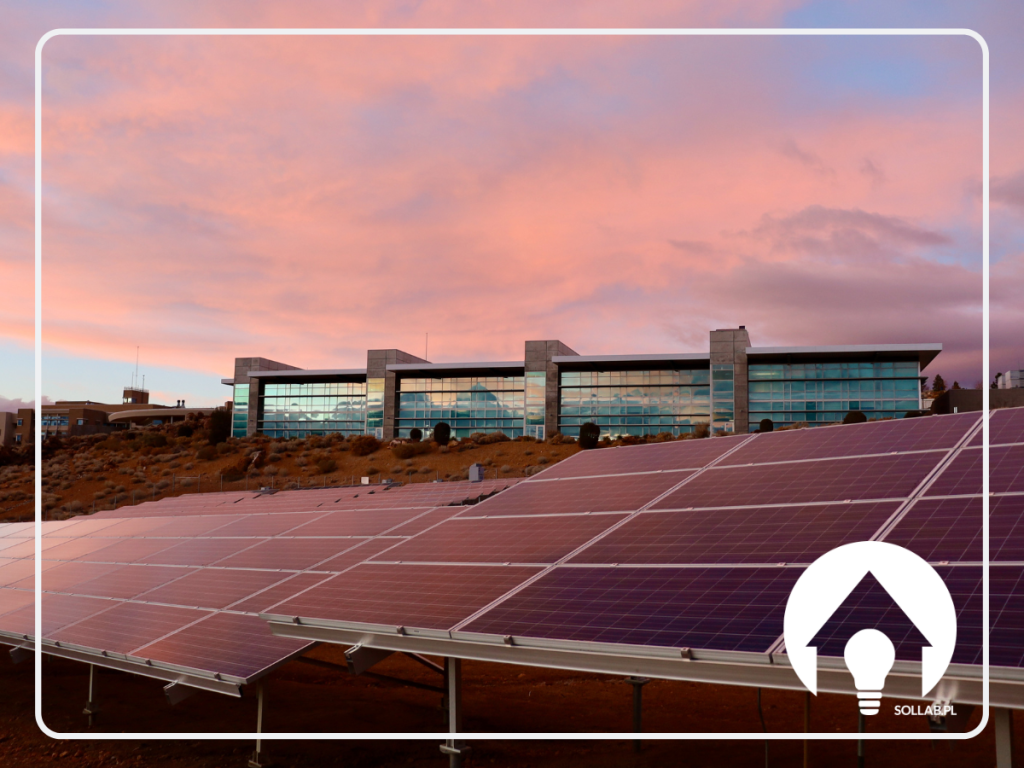How does a wind turbine work?
In today's world, where sustainability and renewable energy sources are becoming increasingly important, small wind turbines are gaining in popularity. Have you ever wondered exactly how a wind turbine works? These compact versions of their larger counterparts can be a great solution for households, small businesses where access to the electricity grid is limited. How does a small wind turbine work and what makes it attractive to individual users? Let's take a closer look.
What is a Small Wind Power Plant?
A small wind turbine is usually no more than a few kilowatts, designed to generate electricity from wind power for a single household, a farm, a small business or even to support a small community. It can be installed on a roof, on a free-standing mast or on another structure, depending on local conditions and regulations.
It converts the kinetic energy of the wind into mechanical energy. Then, with the help of a generator, this mechanical energy is converted into electricity.
Key components of a home wind turbine include:
- A power generator, also known as an alternator, which produces electricity.
- The control system of a wind turbine, i.e. the automation unit that manages its operation.
- Overwind protection system to protect the unit from damage.
- A mast support structure that ensures the stability of the entire unit.
- The propellers, which are a key element in capturing wind energy.
All of these components must be carefully selected and integrated to ensure trouble-free and efficient operation of the wind turbine. Inadequate component selection can lead to failure or damage, especially as wind as a natural force can be unpredictable and extremely strong. Therefore, designing a wind turbine requires precision and a deep understanding of wind dynamics.
How does it work?
- Shovels and Rotor: Like larger turbines, small wind turbines use blades to capture wind energy and convert it into rotational motion. Unlike large turbines, they typically have between one and three blades and are smaller, which means they can operate efficiently at lower wind speeds.
- Generator: The rotational motion is transmitted to a generator, usually located directly behind the blades or at the bottom of the mast, depending on the design. The generator converts mechanical energy into electrical energy, which can be used on site or sent to the grid.
- Charge Controller and Battery: In off-grid systems, the electricity produced is often routed to a charge controller and then to the batteries, where it is stored for later use. This allows energy to be used even when the wind is not blowing.
- Inverter: In grid-connected systems, an inverter is required to convert direct current (DC) from a generator or batteries into alternating current (AC), compatible with the home electrical system and the power grid.
Advantages of Small Wind Power Plants
Sustainable energy: They allow the use of renewable energy, reducing dependence on fossil fuels.
Reducing energy bills: They can significantly reduce electricity costs, especially in locations with good wind conditions.
Support for remote locations: Ideal for locations without access to the power grid.
Flexibility of installation: The ability to be mounted on a roof, mast or other structure makes it adaptable to most locations.
Application of a photovoltaic inverter in a small wind power plant
At first glance, it would appear that solar as well as wind systems generate direct current that must be converted to alternating current, so photovoltaic inverters should be compatible with small wind turbines. However, there are key differences between these systems that can affect compatibility:
The energy generation of a small wind turbine is much more variable than that of solar panels. Photovoltaic inverters are designed to operate with relatively stable DC sources, whereas wind turbines can generate energy with much more variable parameters. In addition, photovoltaic inverters include algorithms to optimise the performance of solar panels, which are not necessarily suitable for the dynamics of wind turbine generation. The protection systems built into photovoltaic inverters are tailored to the specifications of the solar panels and may not provide adequate protection for the wind generators.
Will a photovoltaic inverter be suitable?
Some modern inverters are designed with greater versatility in mind and can handle both photovoltaic and wind systems. The key is to look for inverters specifically designed to work with small wind turbines or those that offer adjustable performance so that they can be tailored to the specifications and characteristics of wind generation.
Summary
When planning the integration of a small wind turbine with a photovoltaic inverter, it is important to have a thorough understanding of the specifications of both systems. In some cases it may be possible to use a photovoltaic inverter, but it is advisable to consult the manufacturer or a specialist to ensure that the system will operate safely and efficiently. Alternatively, considering an inverter designed to work with wind systems may provide better performance.
Small wind turbines offer a fascinating opportunity to harness the power of nature to meet our energy needs. Thanks to advances in technology, they are becoming increasingly accessible, offering both individual users and small communities the opportunity for a more sustainable and independent source of energy. As a symbol of innovation and sustainability, small wind turbines are sure to play an increasingly important role in our energy landscape.
















